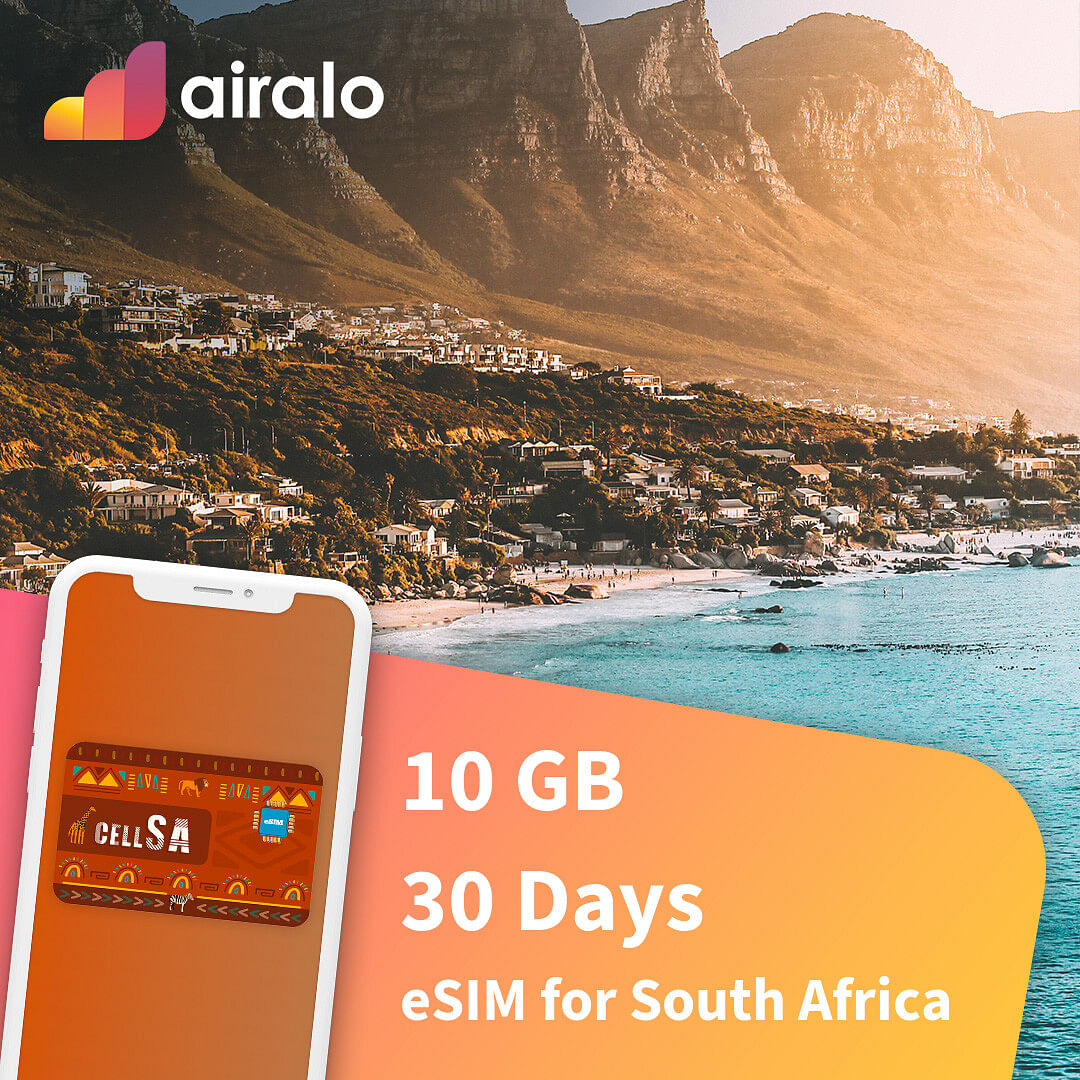South Africa hosts the most advanced telecommunications sector in sub-Saharan Africa. Its mix of state-owned infrastructure, competitive private operators, and growing digital demand makes it a key market to watch for regional connectivity trends and global expansion strategies.
Mobile Market at a Glance
The South African mobile market is dominated by four major players:
- Vodacom (a subsidiary of Vodafone Group)
- MTN South Africa
- Cell C
- Telkom Mobile
Vodacom and MTN together control over 75% of the market share, while Telkom has gained ground due to competitive pricing and bundling strategies. Cell C, despite its recent challenges and restructuring efforts, remains a significant player through roaming partnerships and infrastructure-sharing agreements.
Internet & Data Services
Mobile broadband is the main form of internet access, with over 90% of South Africans accessing the internet via mobile devices. 4G/LTE coverage is widespread in urban areas, though rural connectivity remains patchy. Telkom and Rain have been pushing fixed wireless access as an alternative to traditional fiber.
South Africa was one of the first African countries to begin rolling out 5G, spearheaded by Rain, Vodacom, and MTN in metropolitan areas like Johannesburg, Cape Town, and Durban.
Regulatory Environment
The sector is regulated by ICASA (Independent Communications Authority of South Africa), which governs spectrum allocation, licensing, and competition. ICASA has been gradually releasing high-demand spectrum (including 700 MHz and 3.5 GHz) to fuel 4G expansion and 5G growth. Number portability and MVNO support are in place, although MVNOs like Afrihost Mobile and Me&You Mobile remain relatively niche players.
A key regulatory trend is the government’s long-term goal of merging digital infrastructure with public access, especially under SA Connect, a broadband policy aiming for universal access.
Roaming & eSIM Adoption
Roaming charges in South Africa can be steep for inbound travelers, particularly from Europe or North America. Local SIM cards are popular among tourists and business travelers, thanks to prepaid affordability and wide availability.
eSIM adoption is still in its early stages, with Vodacom and MTN supporting eSIM for selected smartphones and wearables. The demand for eSIM is expected to rise in line with digital nomadism and travel tech adoption, positioning South Africa as a strategic market for eSIM providers looking to expand in Africa.
Challenges and Opportunities
Challenges:
- High data costs compared to global averages
- Digital divide between urban and rural areas
- Network vandalism and power outages (load-shedding)
Opportunities:
- eSIM expansion and partnerships with global providers
- Rural connectivity via satellite, mesh networks, and community ISPs
- Growing fintech and IoT integration in telecom offerings
Conclusion
South Africa’s telecom market reflects a unique mix of maturity and untapped opportunity. While legacy operators continue to invest in infrastructure and 5G, the emergence of eSIMs, MVNOs, and data-driven services opens the door for innovation and foreign partnerships. For travel connectivity providers, South Africa is a high-potential entry point into the African continent.




